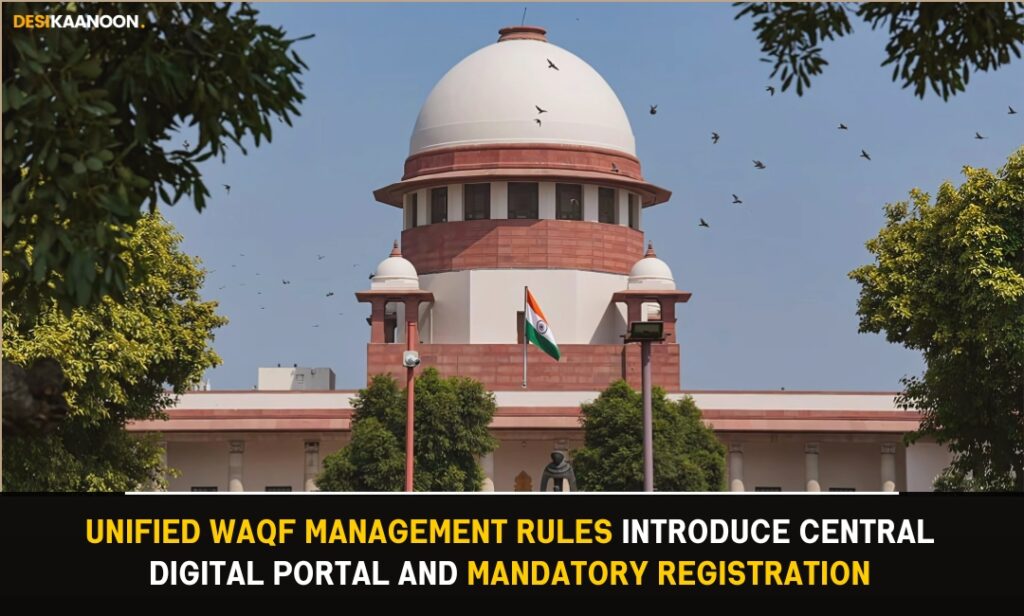Shilpi Nama
On 3rd July 2025, the Centre notified the Unified Waqf Management, Empowerment, Efficiency and Development Rules, 2025. These rules, framed under Section 108B of the Waqf Act, 1995, were introduced via the Waqf (Amendment) Act, 2025, and came into effect on 8th April, 2025. They focus on creating a digital portal and database for waqf properties, streamlining audits, maintaining accounts, and regulating welfare disbursements. The goal is to modernise waqf administration through transparency, efficiency, and accountability.
A key feature is the establishment of the Central Waqf Management System (CWMS)—a unified online portal for uploading, maintaining, and auditing all waqf property-related information, including registration, encroachments, financial data, and development status. Each waqf and asset will receive a unique identification number, enabling better monitoring and verification. The portal will be overseen by the Joint Secretary of the Ministry of Minority Affairs.
States must appoint Nodal Officers and create support units to assist in data uploads, audits, and registrations. Within 90 days of publishing the auqaf list in the Official Gazette, states are required to upload property details to the CWMS portal. These details will include the property’s origin, purpose, usage, and current management.
Each Mutawalli (waqf estate manager) must now register on the portal using a valid email ID and mobile number. They must submit regular financial and administrative reports, and any misreporting can lead to suspension or removal. Additionally, an officer must complete investigations into falsely claimed waqf properties within a year of the District Collector’s referral.
Under the new rules, all waqf properties must be geotagged and mapped via satellite to reduce boundary conflicts and ensure comprehensive registration. Annual audits by Waqf Boards are now compulsory and must follow a standard format to prevent inconsistencies. Any delays may trigger disciplinary action.
Encroached waqf properties must be listed on the portal along with their legal status or recovery steps, strengthening deterrence against illegal occupation. The rules also include mechanisms for disbursing maintenance to widows, orphans, and divorced women. The Government aims to bring waqf management in line with accountability and public interest, responding to longstanding issues of corruption and mismanagement. The new digital system is designed to foster transparency, ensure better resource utilization, and reinforce state oversight.
Meanwhile, the Waqf Amendment Act, 2025, faces legal scrutiny, with the Supreme Court reserving judgment on petitions challenging its implementation.
Instagram: Click Here.
LinkedIn: Click Here.
For Collaboration and Business: info.desikaanoon@gmail.com

